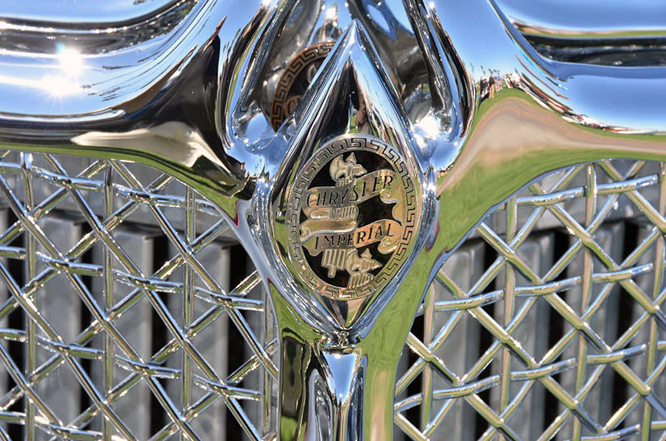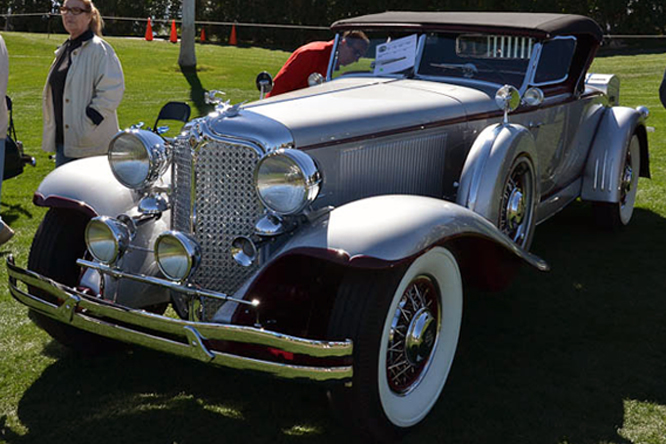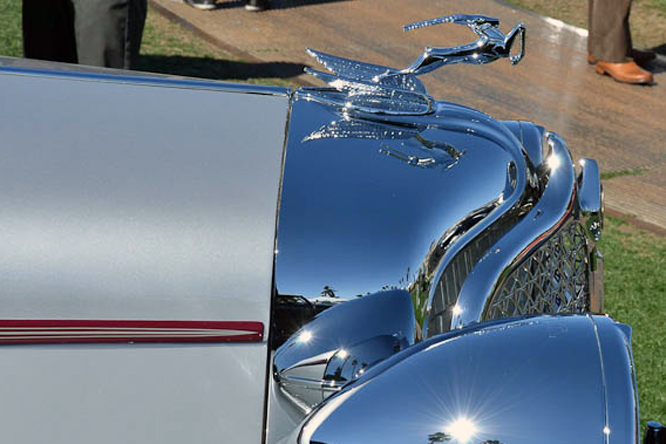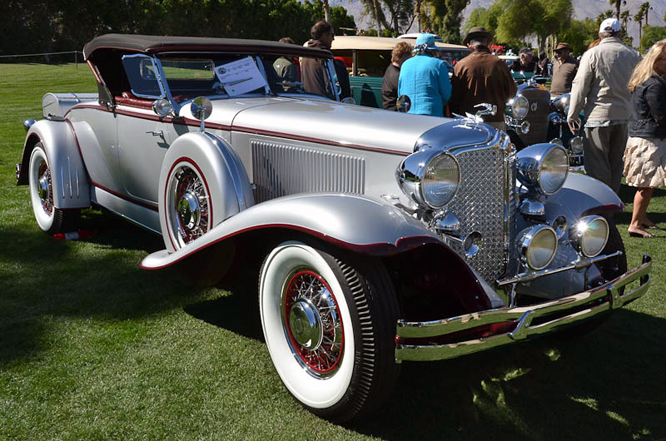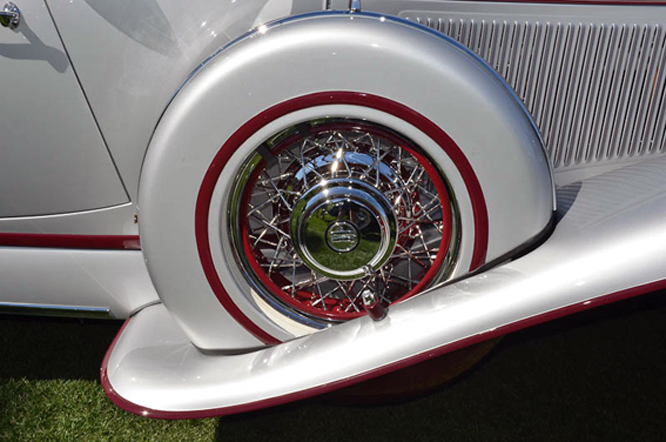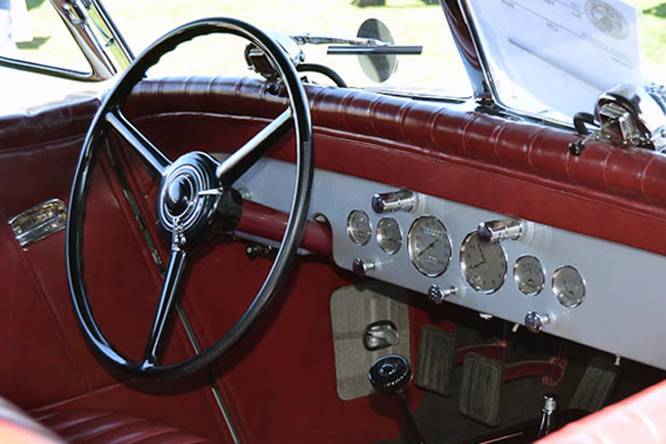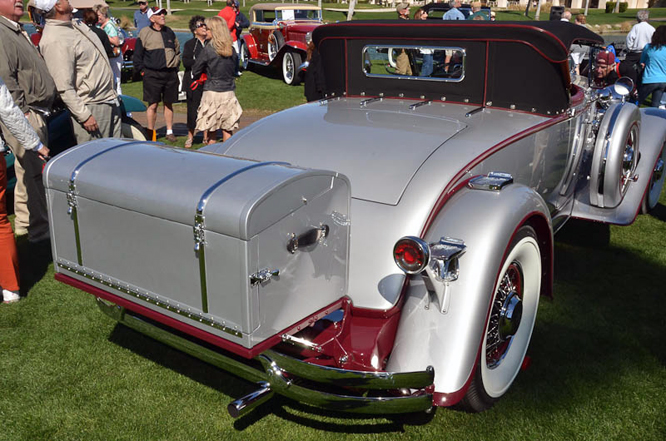The transformation of flour mill machinery manufacturers Nordyke and Marmon, est 1851, into the manufacturers of the Worlds most advanced car started with 23 year old University of California at Berkeley graduate Howard Marmon returned to Indianapolis and built his first car, powered by an aircooled V twin featuring a pressurised lubrication system and overhead valves in 1902.
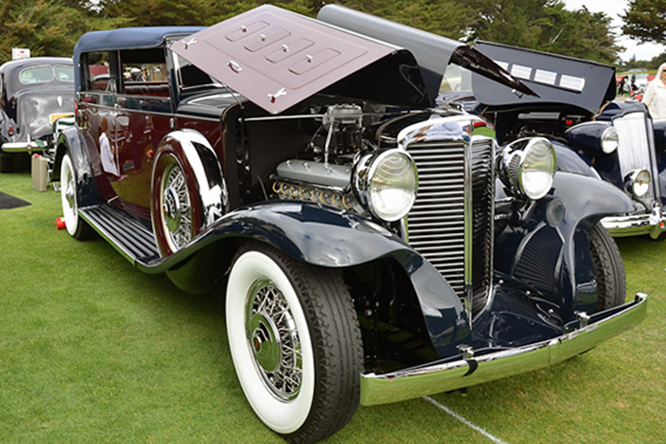
Howard’s second design was powered by an aircooled V4 and a couple of years later Marmon sold it’s first six cars, allegedly mostly to friends. Nine years after designing his first car Howard’s Marmon Wasp won the very first Indianapolis 500 in 1911 with Ray Harroun averaging 75 mph for the 6 hours, 42 minutes it took to complete the distance. The Wasp is said to be the first car ever to feature a rear view mirror.
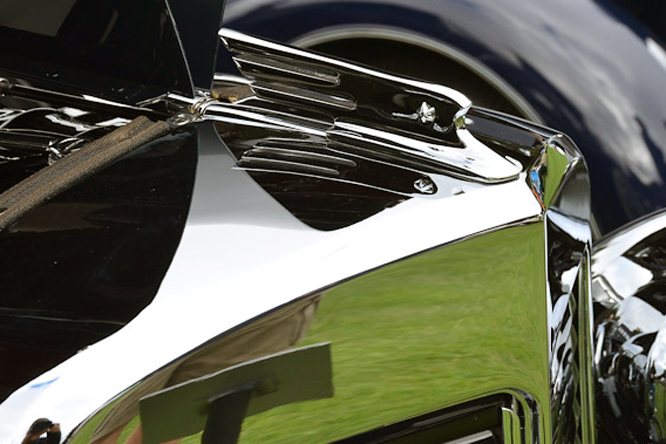
After full fulfilling a contract to build 5,000 Liberty motors for use in the 1914/18 war Marmon had the financial stability to continue innovating especially with the use of aluminium in automobile manufacture and with motor configurations until in 1927 Marmon began the design of the highly advanced V16.
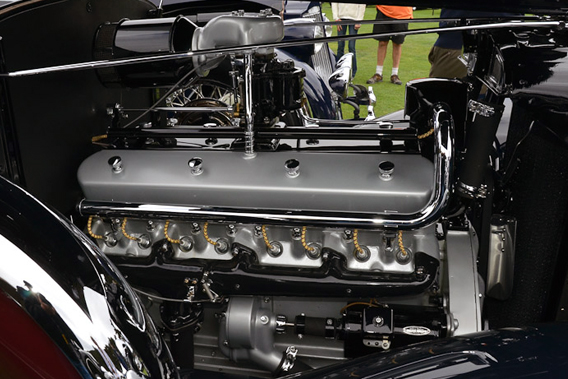
The 8.1 litre / 491 cui V16 motor is a work of art featuring a ‘Y’ shaped block with a 45 degree V for the two banks of eight cylinders made from a single aluminium casting that includes the crank case. The excellent design of the engine was recognised by the Society of Automotive Engineers who’s annual design award was given to Howard Marmon.
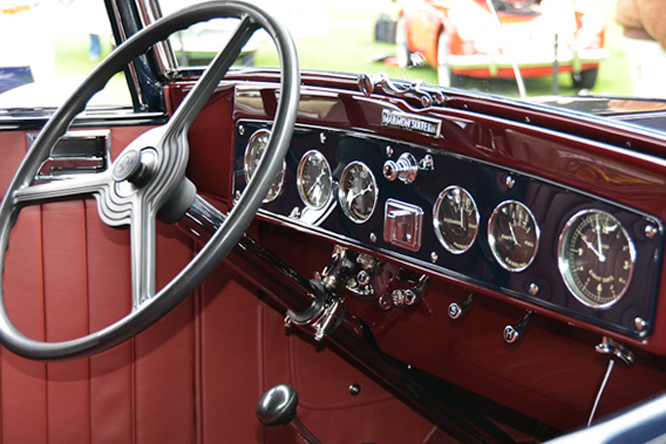
With overhead valves operated by pushrods from a single cam shaft the motor produced 200 hp and weighed much less than the smaller V16 that Cadillac had pushed through to production in less time than Marmon with the help of an ex Marmon employee.
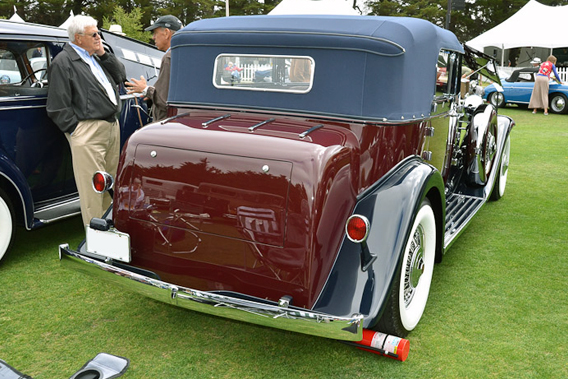
Most of the 390 Marmon Sixteens had bodywork by LeBaron with the design credited officially to Walter Dorwin Teague, Sr though much of the work was done by his son W.D. Teague, Jr an MIT student.
With a superior power to weight ratio, thanks to the extensive use of aluminium, to almost everything else on the road, all Marmon Sixteens were certified has having achieved 100 mph on the fabled Indianapolis Circuit. Unfortunately the The Worlds Most Advanced Car, as the Sixteen was marketed, came at absolutely the worst time when the market for $5,000 automobiles was at an all time low and so Marmon left the car manufacturing business when it went in to receivership in 1933.
My thanks to Geoffrey Horton for kindly sharing today’s photographs taken at the recent Hillsborough Concours d’Elegance.
Thanks for joining me on this “The Worlds Most Advanced Car” edition of “Gettin’ a li’l psycho on tyres”.
I hope you will join me again for Ferrari Friday tomorrow. Don’t forget to come back now !
